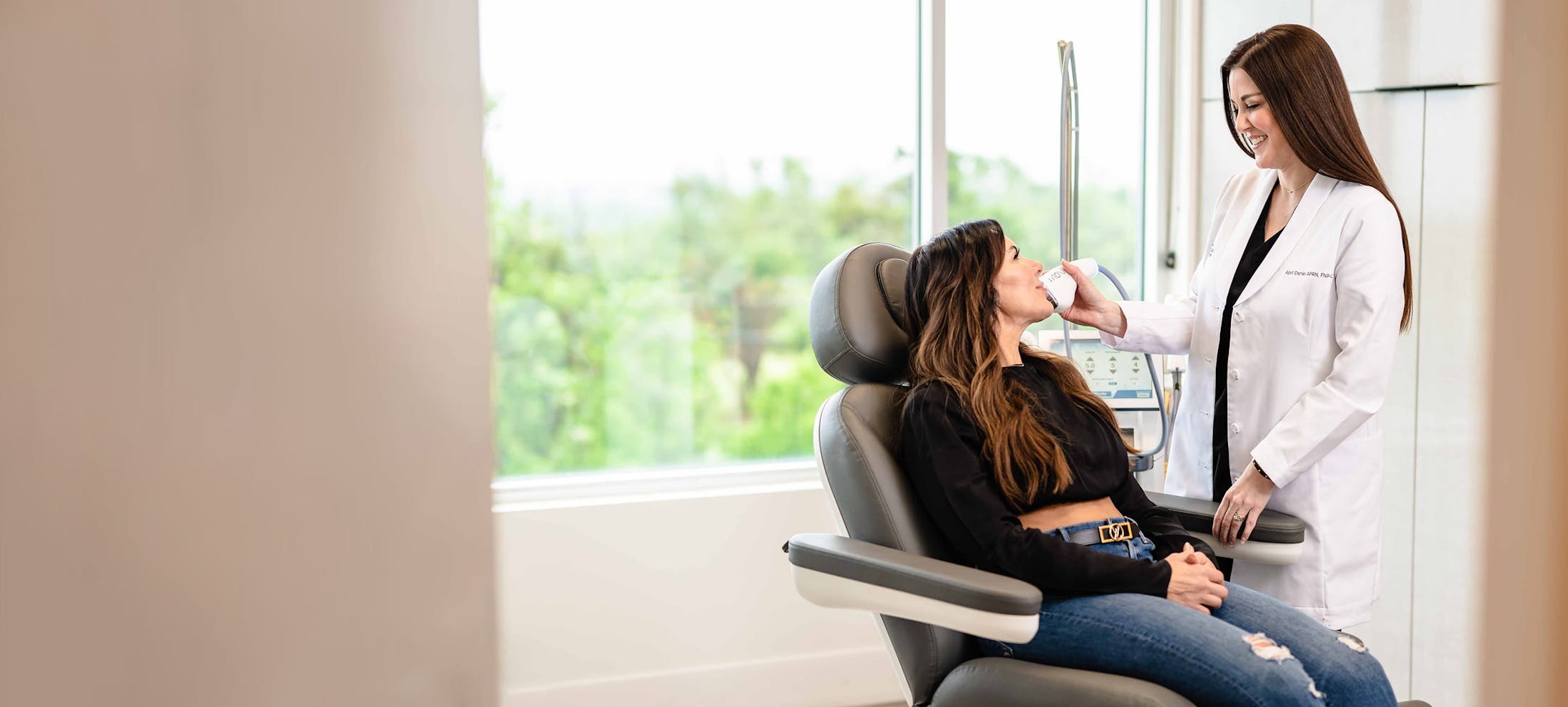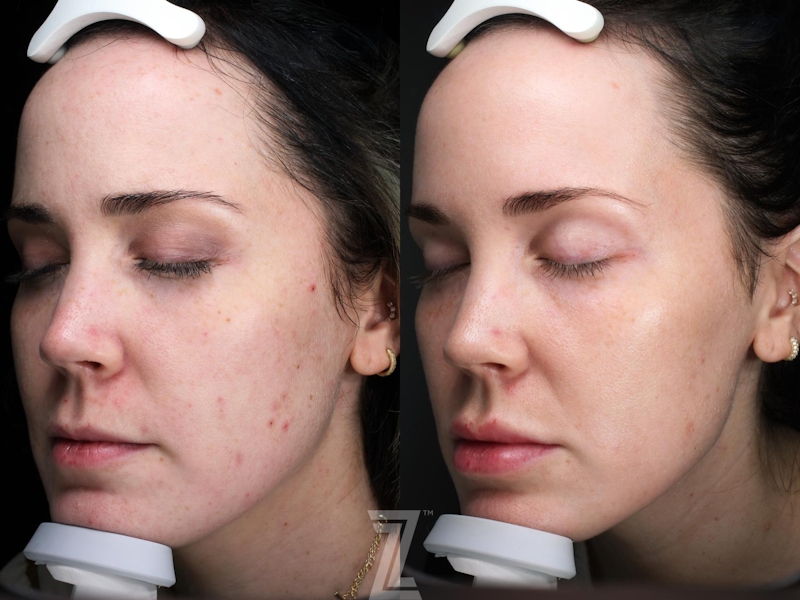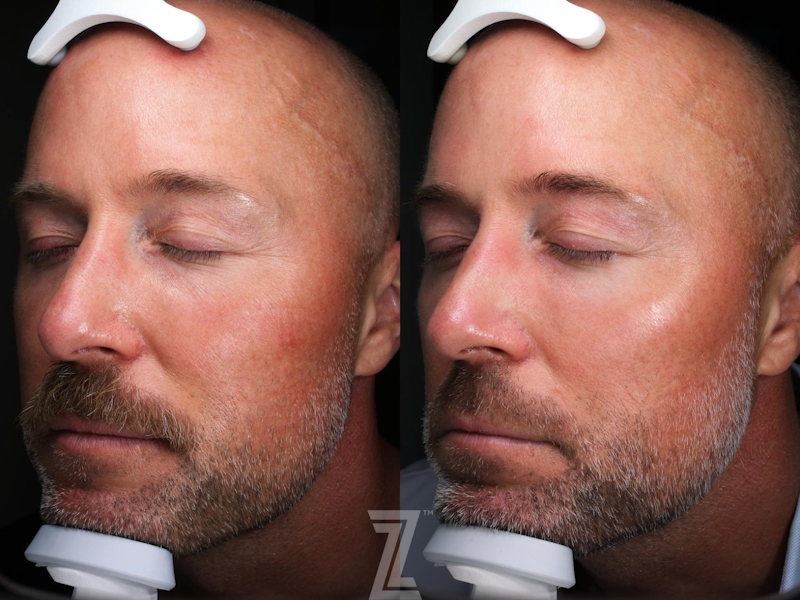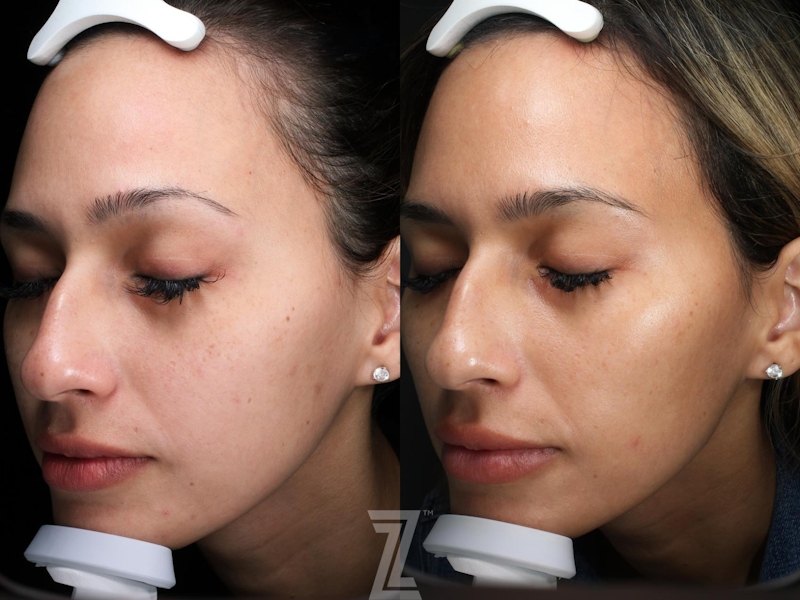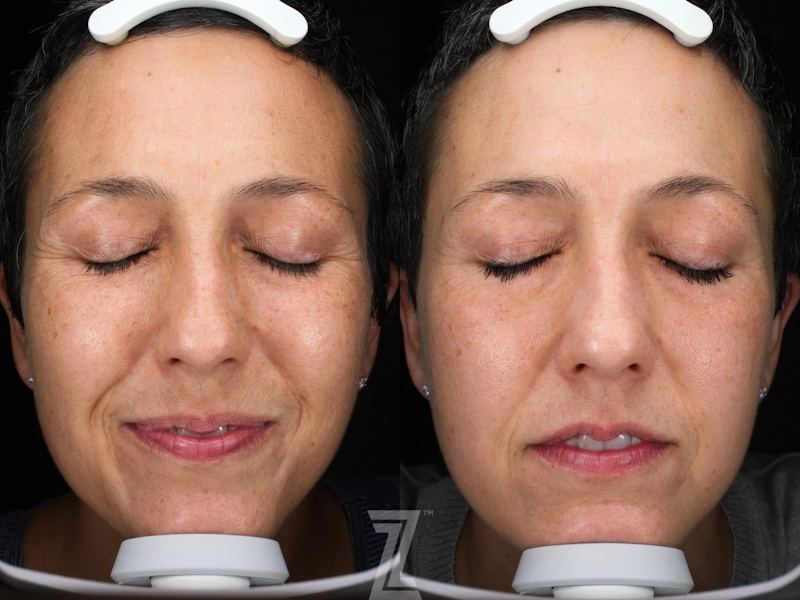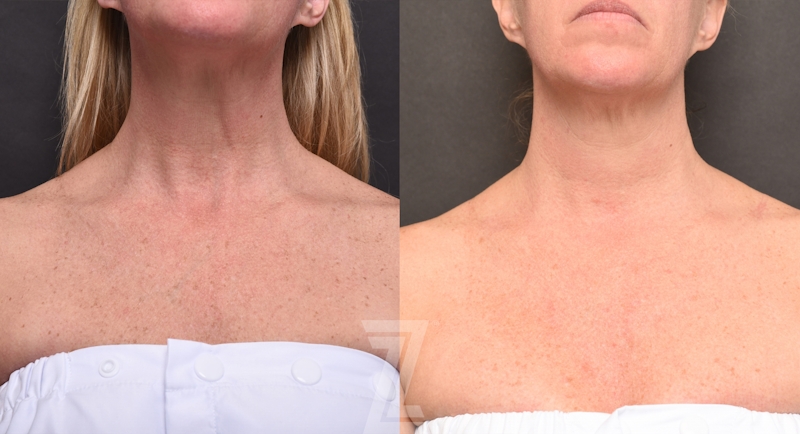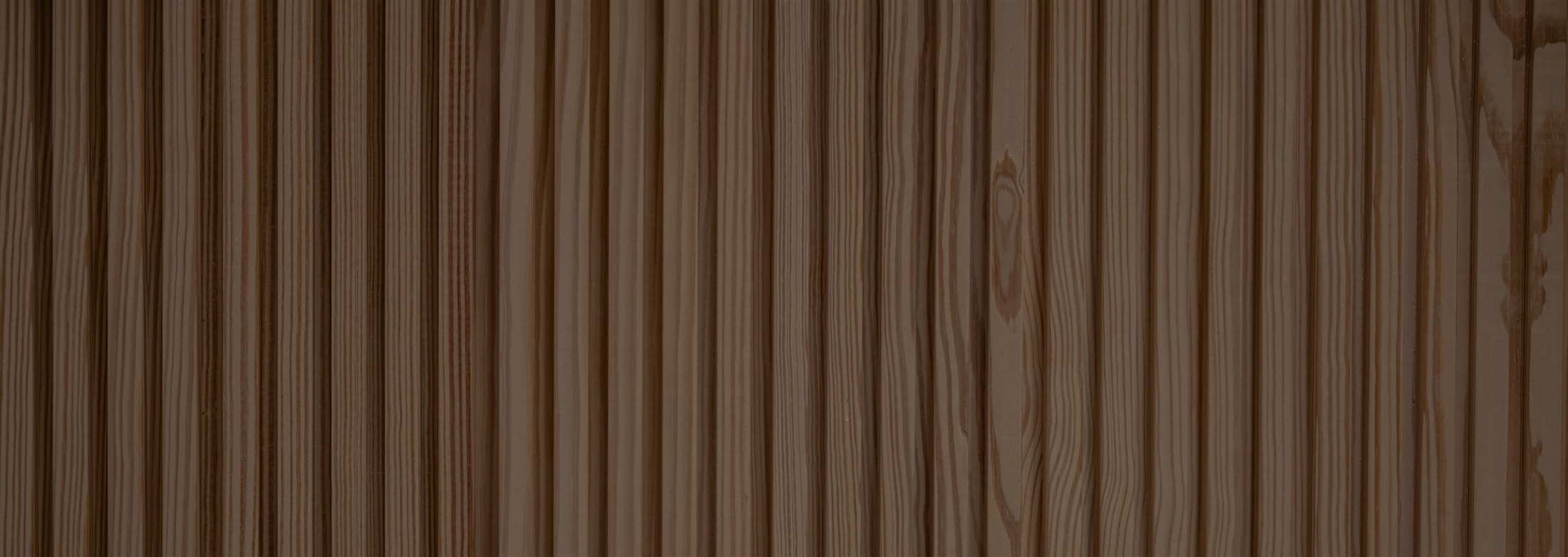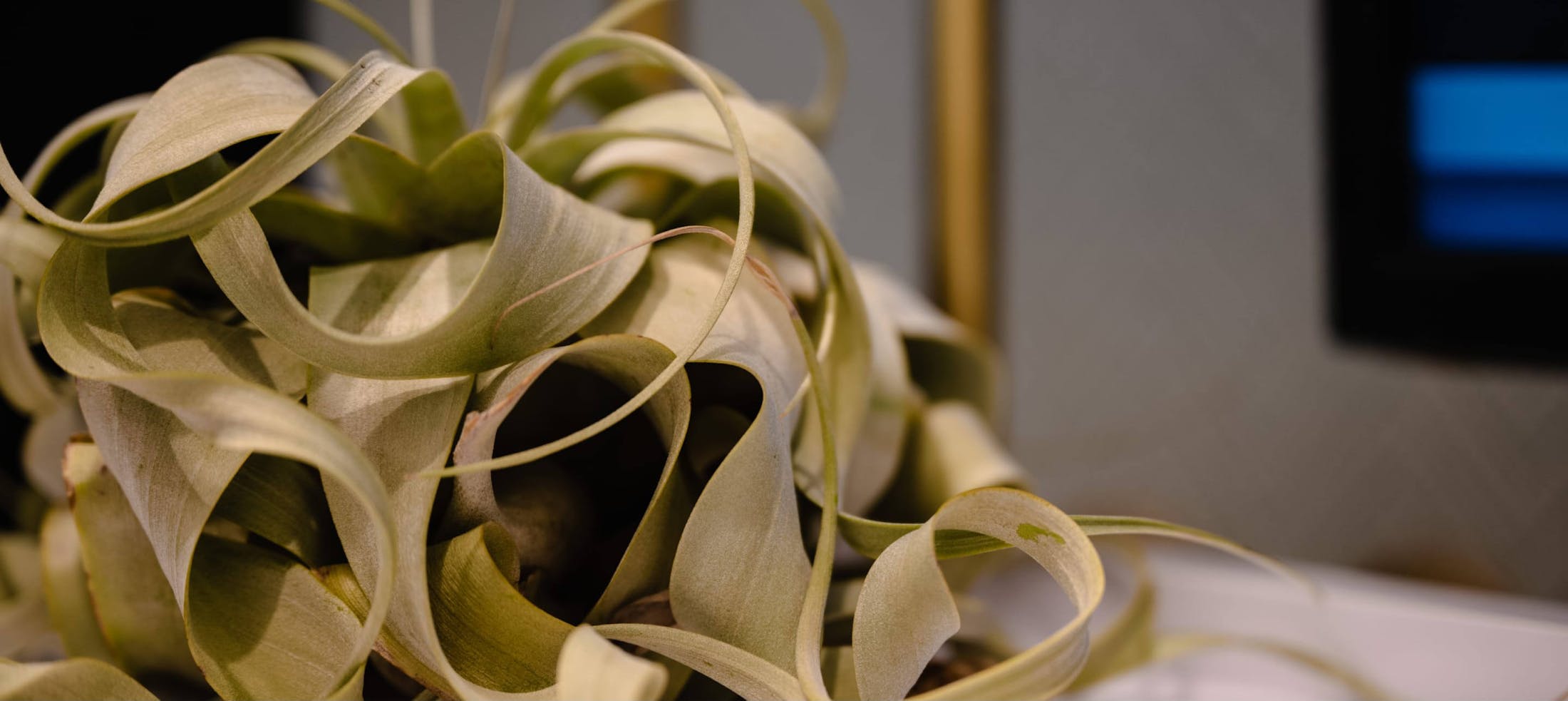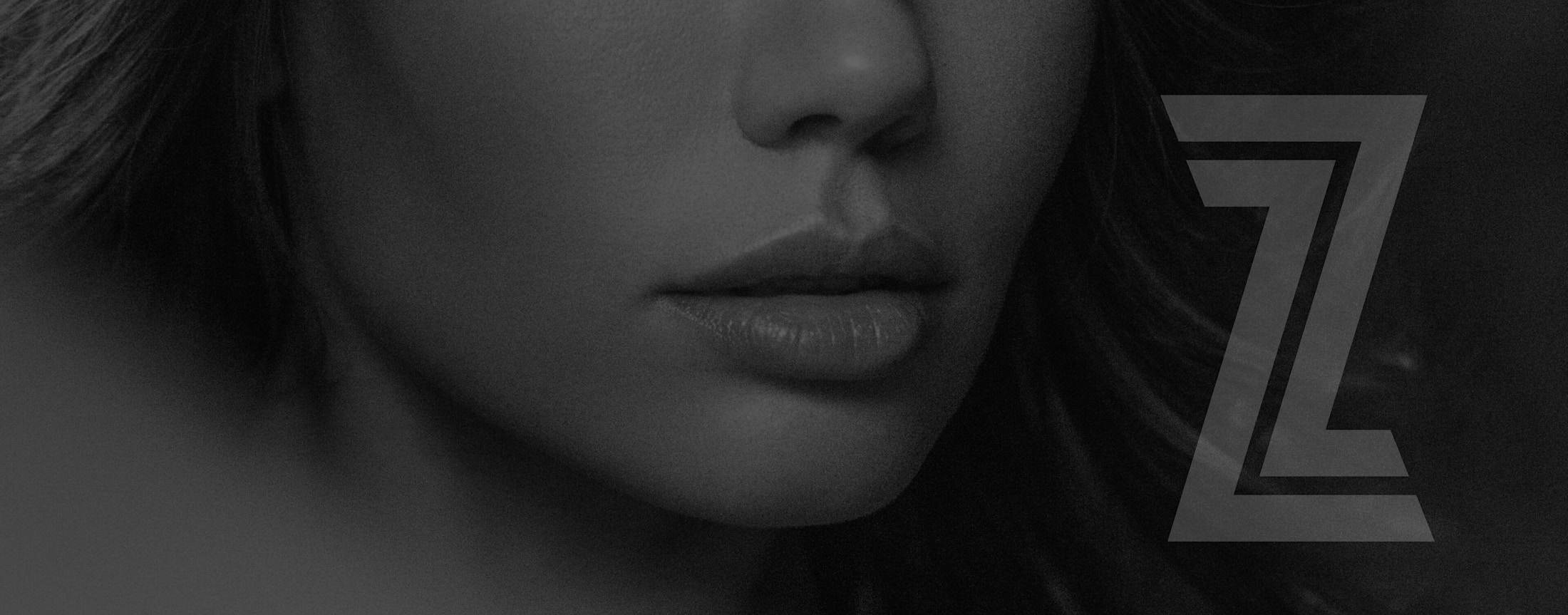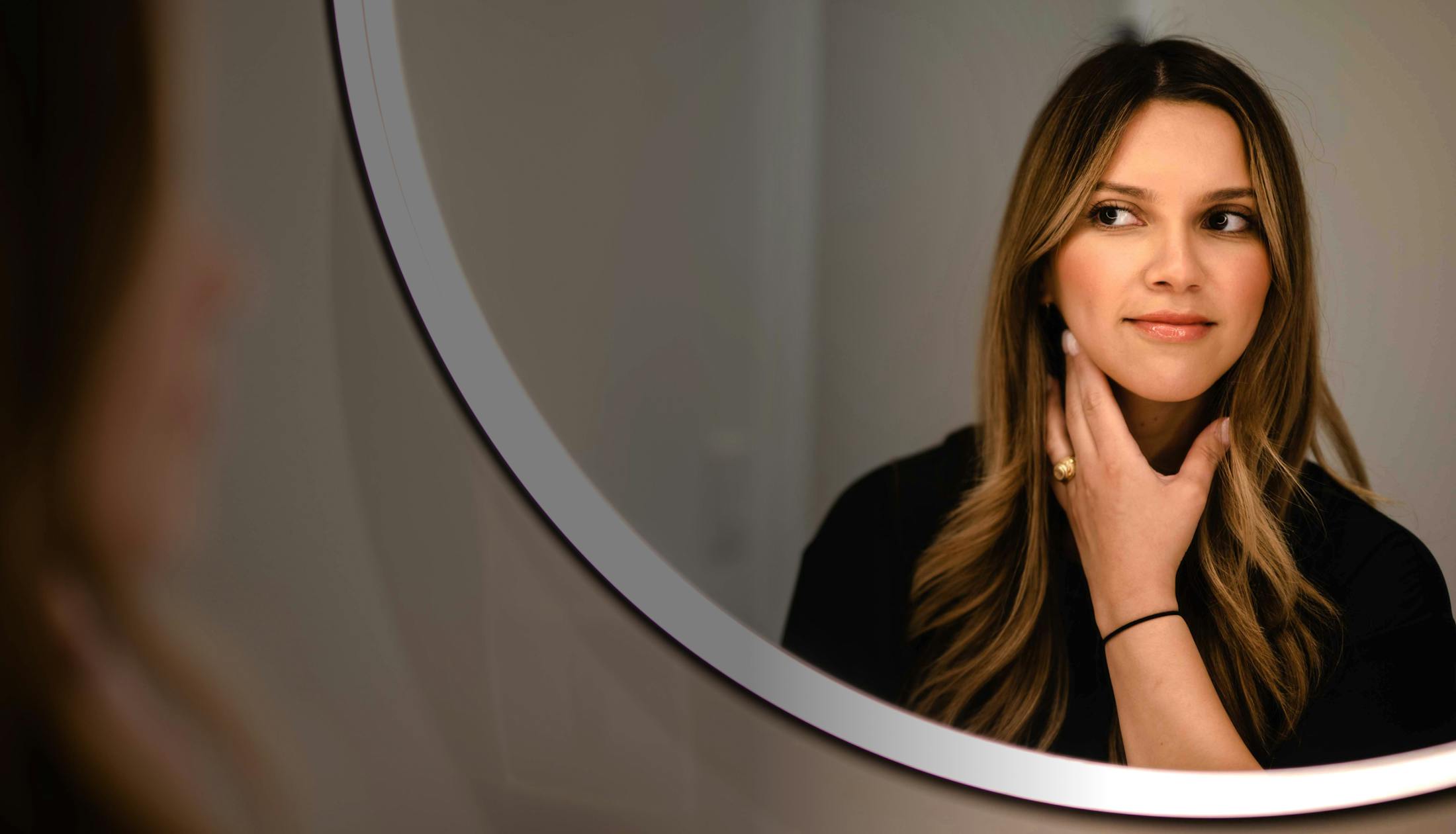What Does Laser Skin Resurfacing Treat?
Laser skin resurfacing is a versatile approach capable of treating multiple skin concerns, including:
- Fine lines and wrinkles
- Age spots, freckles, sun spots (brown spots)
- Sun damage
- Uneven skin tone
- Acne scars
- Loss of collagen
- Rough texture
- Acne scars
- Scarring
Who Is a Good Candidate for Laser Skin Resurfacing in Austin?
Laser skin resurfacing is well-suited for individuals looking to improve skin tone and texture and reduce signs of aging. Ideal candidates have non-oily skin, mild to moderate skin concerns, and seek a non-surgical rejuvenation approach.
- Desire to improve skin tone and texture, or reduce fine lines and wrinkles
- Mild to moderate signs of aging or sun damage
- Non-oily, healthy skin without active acne breakouts
- Looking to address pigmentation, scarring, or uneven skin tone
- Committed to sun protection post-treatment to maintain results
- Realistic expectations for gradual improvement with minimal downtime
